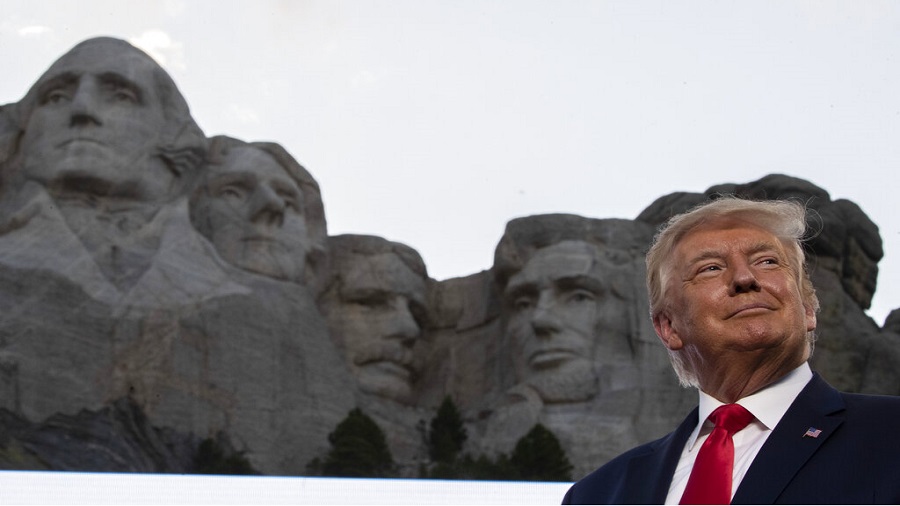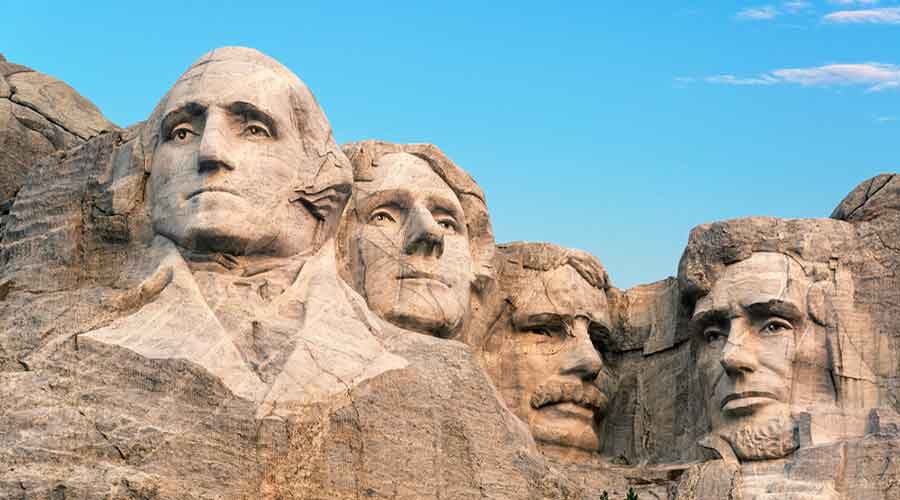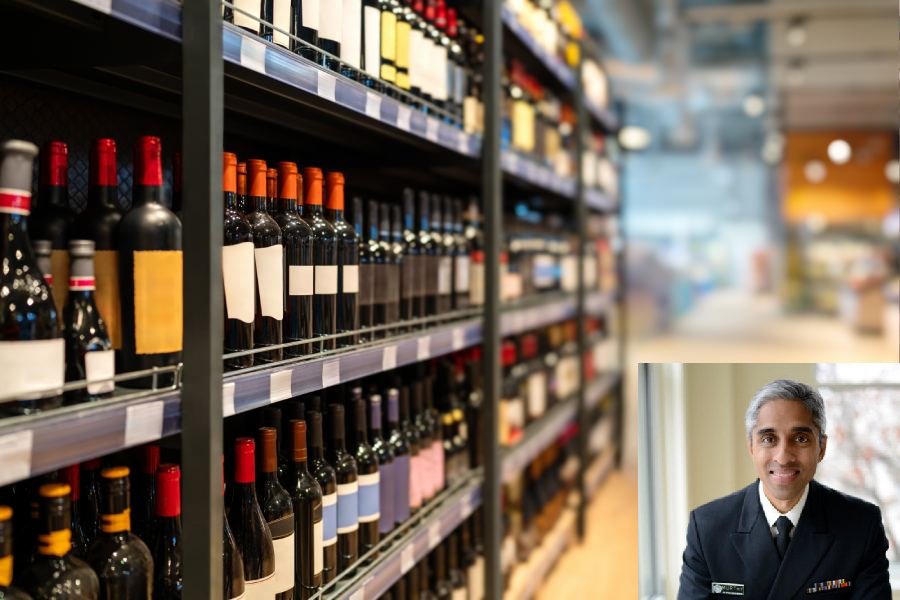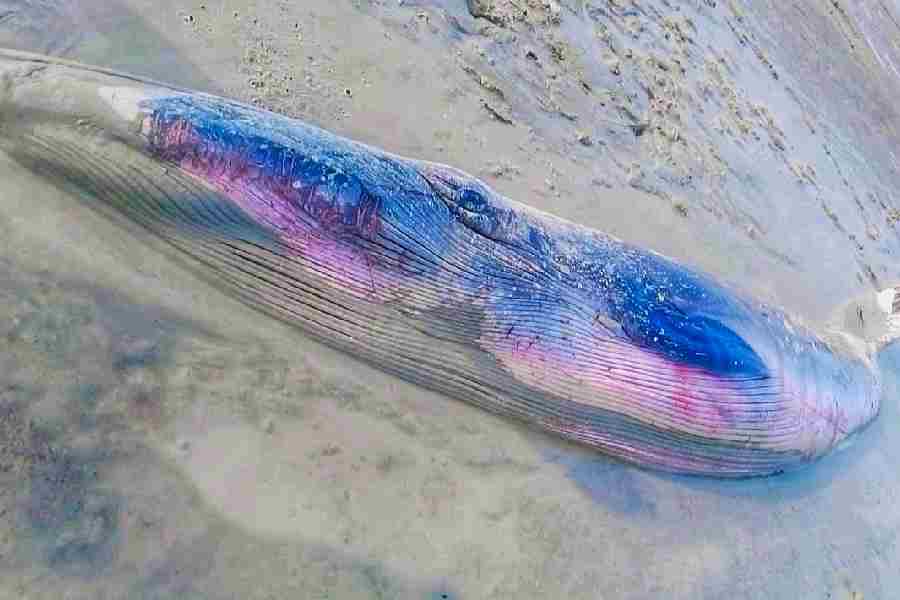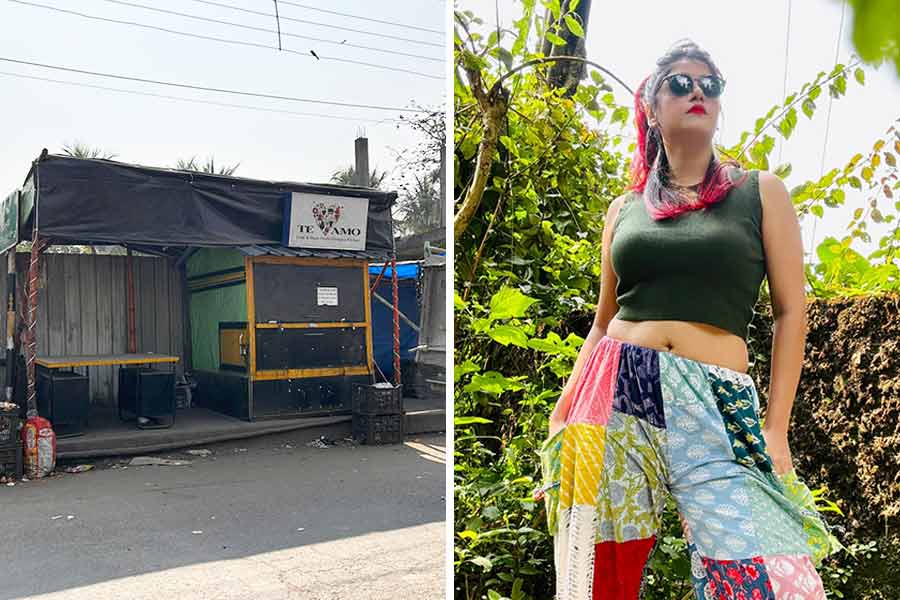Faith, the wise ones believe, can move mountains. But can the mountain find faith — political faith — to be a moving experience? This question has arisen on account of an unprecedented request by the maverick president of the United States of America. It has been reported that Donald Trump, during a visit to Dakota, had enquired of the governor of the possibility of adding his visage to the Mount Rushmore Memorial, a gigantic culmination of political and artistic sensibility, which has the faces of four former US presidents carved in rock. The governor, apparently, mistook Mr Trump’s request to be an instance of presidential humour. But the current president — he faces a tough re-election this year — cannot be blamed for lacking humour in uniform. Mr Trump has shown, time and again, that he can be dead earnest when it comes to pandering to the bizarre.
Mr Trump has, characteristically, denied that his team had made such a plea. Such a volte-face is not unexpected from a hot-under-the-collar president. The point, really, is not about who is speaking the truth. Neither can it be about the merit of Mr Trump’s ‘dream’: he is on record — a rally in 2017 can be cited as one example — saying that he wished — are not politicians known to nurse colossal ambition? — Mount Rushmore had a fifth face: that of his own. Never mind the fact that Mr Trump would appear like the proverbial Lilliputian on a slope dominated by the likes of George Washington, Thomas Jefferson, Theodore Roosevelt and Abraham Lincoln, who are believed to represent the spirit of the US’s birth, growth, development and preservation, in that order. Mr Trump’s opponents believe that he is, in fact, the very antithesis of the vision nursed by the US’s tallest figures.
The real issue, therefore, is the all-too-human attraction towards self-preservation for posterity. History shows that of all tribes, politicians, across the ideological spectrum, are the most at risk. The two Athenians who purged their city-state of authoritarianism had erected statues to commemorate their feat. Dictators, like liberators, cannot do without their fair share of giant replicas. One of Turkmenistan’s presidents erected a golden statue of himself, declaring — without contrition — that the installation had been commissioned at the behest of the people.
Unfortunately for Mr Trump and his peers, gold and stone, much like humans, have proven to be mortal. Political memorials are rightfully viewed as repositories of contested ideas. This makes them fragile. Decolonization in Asia and Africa witnessed the toppling of colonial art and figurines. This turmoil continues if the acrimonious, global debate over statues — be it of the slave trader, Edward Colston, or that of a Black Lives Matter protester — is any indication. The tug-of-war between icons and iconoclastism is ceaseless. Politics has blessed this conflict — not politicians — with immortality.

